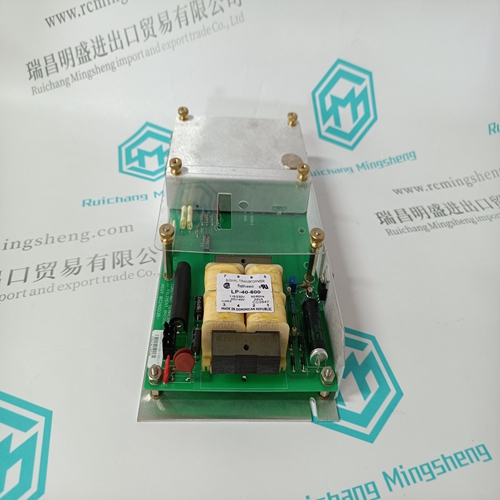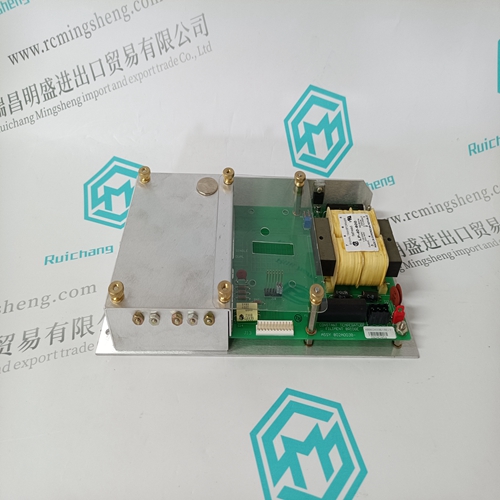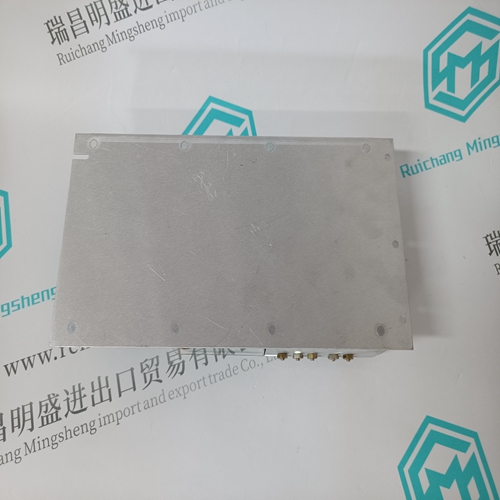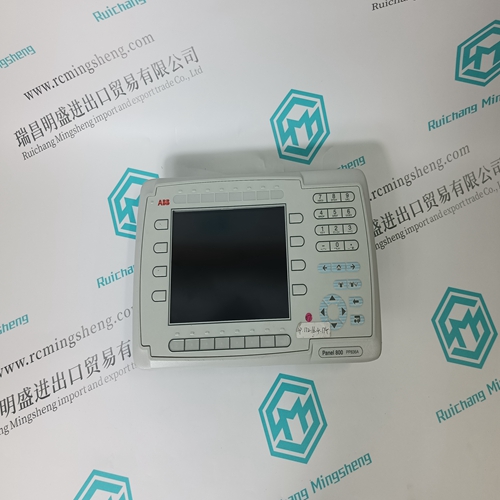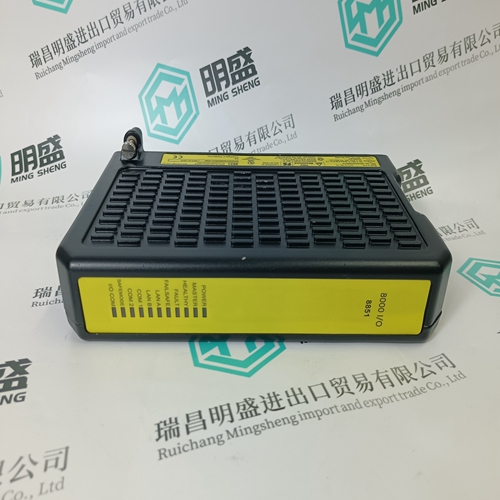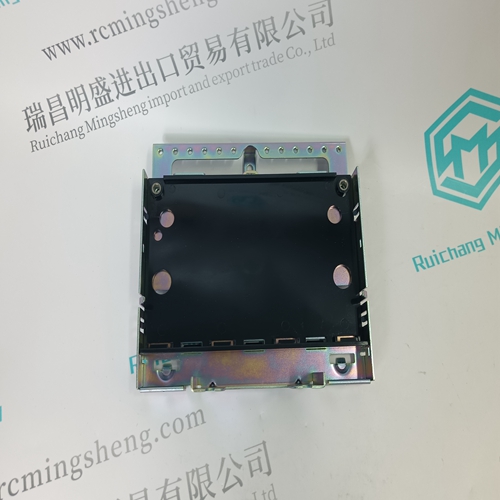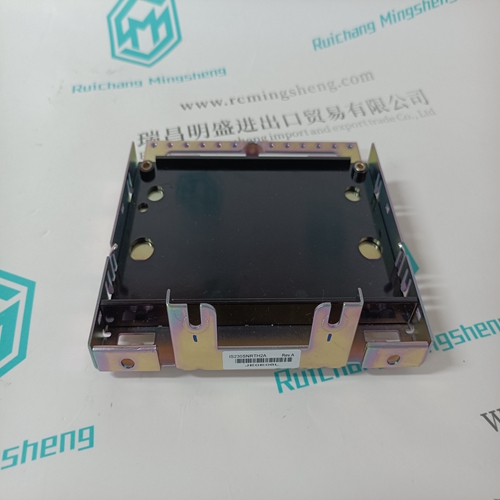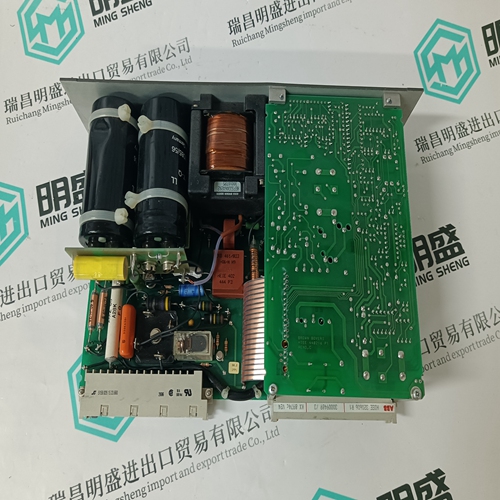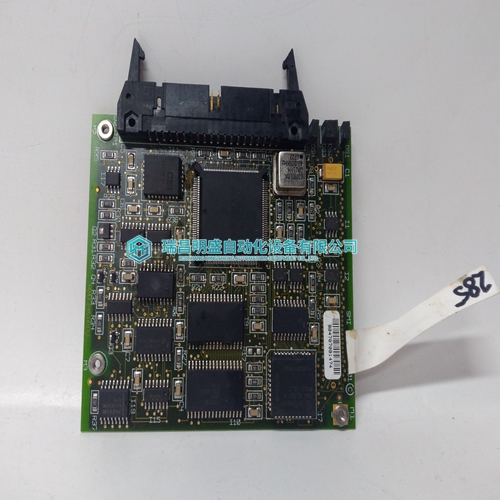Home > Product > DCS control system > 81943A041-1 Control amplifier
81943A041-1 Control amplifier
- Product ID: 81943A041-1
- Brand: ABB
- Place of origin: The Swiss
- Goods status: new/used
- Delivery date: stock
- The quality assurance period: 365 days
- Phone/WhatsApp/WeChat:+86 15270269218
- Email:stodcdcs@gmail.com
- Tags:81943A041-1Control amplifier
- Get the latest price:Click to consult
The main products
Spare parts spare parts, the DCS control system of PLC system and the robot system spare parts,
Brand advantage: Allen Bradley, BentlyNevada, ABB, Emerson Ovation, Honeywell DCS, Rockwell ICS Triplex, FOXBORO, Schneider PLC, GE Fanuc, Motorola, HIMA, TRICONEX, Prosoft etc. Various kinds of imported industrial parts
Products are widely used in metallurgy, petroleum, glass, aluminum manufacturing, petrochemical industry, coal mine, papermaking, printing, textile printing and dyeing, machinery, electronics, automobile manufacturing, tobacco, plastics machinery, electric power, water conservancy, water treatment/environmental protection, municipal engineering, boiler heating, energy, power transmission and distribution and so on.
81943A041-1 Control amplifier
This chapter describes the following: • application design considerations • installation • setting the switches and jumpers on the card • installing the card software • connecting the card to a ProfiBus network • downloading software modules to shared memory or flash memory on the card
Do not remove the card from its protective bag without following these precautions: • Adequately ground yourself by touching a grounded object, such as the case of your computer, before handling the card. • Never touch the backplane connectors or pins. Handle the card by the mounting bracket. • Always store the card in the protective bag.
When designing an application for the 5136-PFB-VME, the first decision you have to make is whether you want to load and run the card software from flash memory or by downloading it from the host computer.
Advantages of Running from Flash
• The application does not need to download software modules to the card or store the software module (approximately 120 Kbytes is required) with the application. • Loading software modules and configuration data is simpler from the serial port since the card takes care of most of the details. • Does not require access to a file system Disadvantages of Running from Flash • Since the software module and configuration is stored on the card, you cannot simply swap cards in order to replace a card. You have to reload and configure the replacement card. • Access to the card and the device it is installed in is required to be able to load the card from the serial port In general, if you have access to a file system, you should load and configure the card from the host. Running from flash is preferred in embedded environments or whenever it is difficult to send files to the card, such as a VME based PLC.
Which Addressing Mode?
The card can run in either linear addressing mode or paged mode. In linear addressing mode, the card occupies 256 Kbytes of standard memory, and in paged mode, the card occupies 16 Kbytes of standard memory. Shared memory is accesses in 16 Kbytes pages by selecting the current page and writing to the Memory page register. Unless the environment restricts how much memory you can access, linear addressing mode is preferred to simplify application development. 2.3 Installation This section describes the procedures for: • setting the switches and jumpers on the interface card • installing the card in your computer • downloading the firmware and configuration to the card • getting the card to communicate on a network and verifying that it is working This section also contains information about short I/O register usage on the card. Caution This equipment is neither designed for, nor intended for operation in installations where it is subject to hazardous voltages and hazardous currents.
